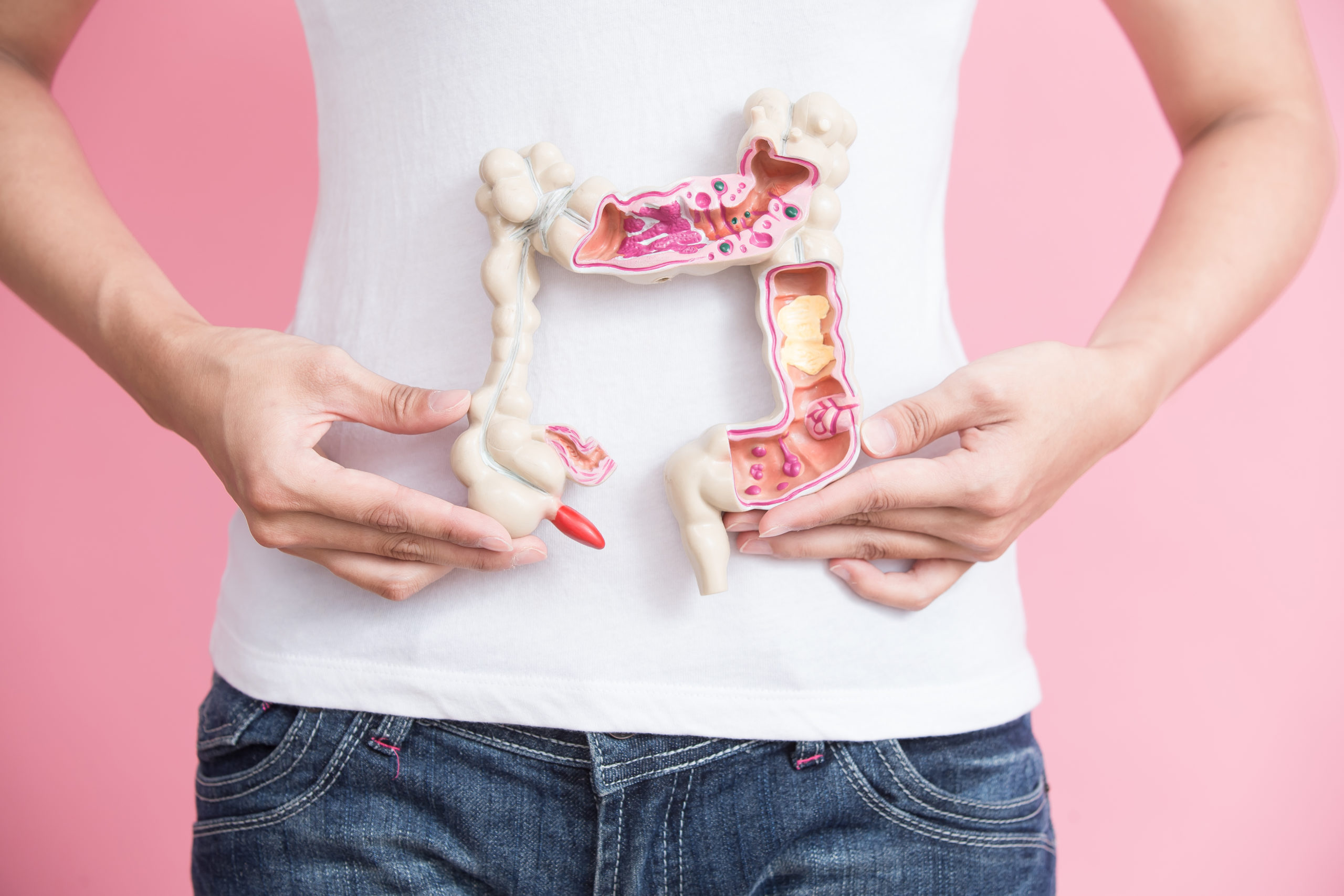
A Guide to Understanding Vaginal Atrophy
Up to 40% of women will experience vaginal atrophy after the onset menopause. What does this mean, though?
Vaginal atrophy affects many women during and after menopause. There are other conditions that can cause this condition, too, though.
The good news is that this article is the best place for you to learn more about vaginal atrophy. We’ve compiled everything you need to know – from symptoms to treatments. Keep reading to learn more about this health condition many women will experience.
Causes and Symptoms
Hormonal changes during menopause can cause vaginal atrophy. Menopause is when a woman’s body produces less estrogen. This often leads to thinning, dryness, and inflammation of the vaginal tissues.
Breastfeeding can lower estrogen levels, too, affecting vaginal health in a similar way. Cancer treatments like radiation and chemotherapy can further damage the vaginal tissues.
Some medications can also contribute to vaginal atrophy. These include those used to treat endometriosis or fibroids.
Common symptoms include vaginal dryness, itching, and pain during intercourse. The lack of moisture can cause discomfort and make sexual activity painful.
It may also lead to irritation and itching in the vaginal area. Other symptoms include possible discharge, frequent urination, or even light bleeding after intercourse. Unfortunately, these symptoms can affect a woman’s overall well-being in negative ways.
Perhaps you’re experiencing these symptoms. If so, talk to a healthcare provider immediately. They can recommend treatments to manage the condition and its symptoms.
Considering the Diagnosis
Diagnosing vaginal atrophy typically involves various steps. First, a healthcare provider will take a detailed medical history.
They’ll ask about your symptoms and any relevant medical conditions or treatments. They may also inquire about the medications you’re taking.
Next, they’ll conduct a physical examination. The purpose of this is to inspect the vagina and surrounding areas. The healthcare provider will check for signs of thinning, dryness, and inflammation.
A pelvic examination is after that. Here, the healthcare provider examines the internal reproductive organs. This includes the uterus and ovaries. Doing so can help identify any abnormalities or signs of atrophy.
In some cases, the doctor may suggest extra tests. These can include hormonal blood tests to measure hormone levels, such as estrogen.
They might also suggest a vaginal ultrasound. This can assess the thickness of the vaginal lining.
With these results, a healthcare provider can provide a proper vaginal atrophy diagnosis. Then, they can develop an appropriate treatment plan.
Treatment Options
There are various vaginal atrophy treatment options. You deserve to manage these unfortunate symptoms.
Non-hormonal treatments are one option. Consider using lubricants during sexual activity. This can help reduce discomfort.
You should also use moisturizers on a regular basis. They’re crucial to hydrate the vaginal tissues and relieve dryness.
Consider systemic estrogen therapy, such as patches or pellet therapy. These can help replenish the lower hormone levels in the body. Oral pills are not recommended due to the risk of thrombosis (blood clots, heart attack, stroke). Alternative routes for estrogen therapy do not carry this risk. Click here to learn about the Biote method of hormone optimization.
Vaginal estrogen treatments (AKA local estrogen therapy) include creams, tablets, or rings. You apply these directly into the vagina. They’re best for providing localized relief but do not improve estrogen levels throughout the remainder of your body.
There are vaginal laser treatments, such as FemiLift, that can help. FemiLift is a breakthrough technology that uses a CO2 laser to deliver fractionated light and thermal energy to assist in vaginal mucosa revitalization. Learn more about FemiLift on our FAQs page.
Some individuals may consider alternative and complementary therapies. These can include herbal remedies, such as black cohosh or soy.
Some patients rely on acupuncture, a traditional Chinese medicine practice. They swear by its potential benefits in managing symptoms.
Lifestyle Changes and Self-Care
Maintaining vaginal health throughout your life is essential. To prevent vaginal atrophy, stay hydrated and drink plenty of water.
Avoid irritants such as scented soaps, douches, and harsh chemicals. Doing so can also help maintain your overall vaginal health.
Use water-based lubricants during sexual activity, too. Further, wear cotton underwear and avoid tight-fitting clothing. This promotes airflow and reduces moisture buildup.
Proper hygiene of the area is also crucial. This includes gentle cleansing with mild, fragrance-free soaps.
Also, consider pelvic floor exercises, also known as Kegel exercises. These strengthen the muscles supporting the pelvic organs.
There are many benefits of Kegel exercises. They can improve blood circulation, maintain vaginal elasticity, and enhance sexual satisfaction.
Finally, engage in regular physical activity. Maintain a balanced diet alongside regular exercise, too. These habits can also contribute to overall vaginal health.
Do your best to adopt all of these self-care practices. Your long-term vaginal health will thank you for it.
Sexual Health and Communication
Vaginal atrophy can impact sexual health and intimacy. You want to do everything you can to maintain sexual satisfaction – even with the symptoms.
Start by engaging in longer foreplay sessions. These can increase natural lubrication and promote arousal. Try experimenting with different sexual positions that minimize discomfort.
Open communication with both partners is crucial. Be open to discussing concerns, desires, and any difficulties related to vaginal atrophy. This can help both individuals understand and support each other.
Healthcare providers can offer guidance in this regard. They can help you manage symptoms, improve sexual health, and maintain intimacy.
Be sure to attend regular check-ups and discussions with healthcare providers. This can ensure that any concerns or changes in symptoms are addressed promptly.
Psychological and Emotional Impact
Addressing the emotional aspects of this health condition is important. Feelings of embarrassment, frustration, and decreased self-esteem are normal. They may arise due to the impact on sexual health, in particular.
Be willing to seek support from healthcare professionals and support groups. This can provide emotional reassurance and guidance.
Support groups allow individuals to connect with others experiencing similar concerns. This provides a sense of community and shared experiences.
Practice coping strategies for improving your overall well-being. These can include practicing self-care activities that you love. Examples would be relaxation techniques, meditation, or engaging in hobbies.
Remember to maintain a positive mindset. Also, focus on personal your strengths, not your negative health attributes.
Seek Treatment for Vaginal Atrophy
Now that you know more about it, do you think you’re experiencing vaginal atrophy? Whether you have the exact symptoms of vaginal atrophy or similar ones, take note. You should talk to a medical expert sooner rather than later.
That’s where our team can be of service. Reach out to us now to schedule your first visit.
Wellness Store
Looking for products to help manage symptoms of vaginal atrophy? Click here to shop our new online wellness store for lubricants and other products for vaginal health. We hand-selected the items in our store to bring you good quality products for your health and wellbeing.
Connect With Us
Be sure to check our blog regularly for new posts, and follow us on Facebook and Instagram @PeterMLotzeMD for health and wellness tips and more!



